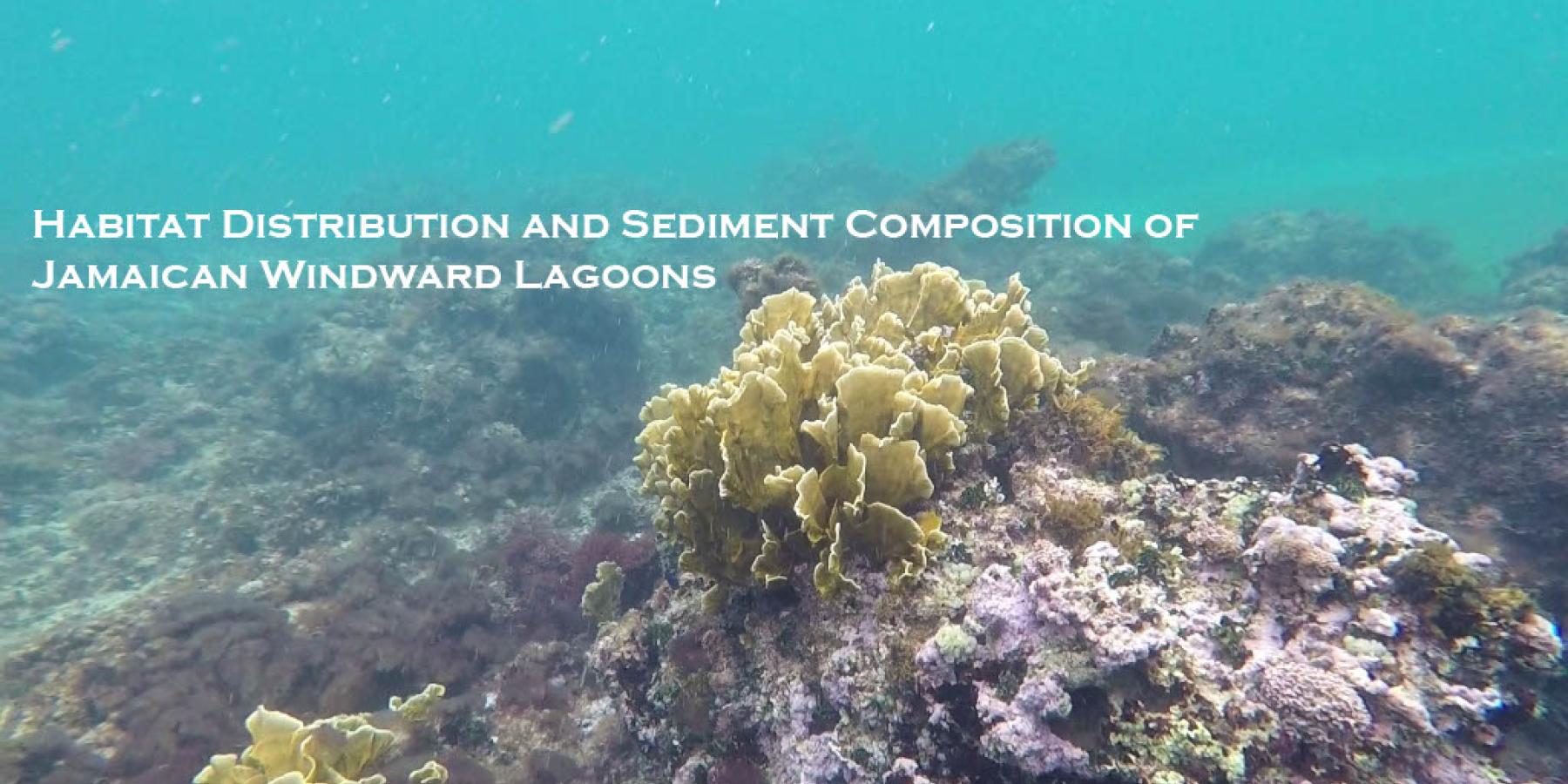Support
Over the last 50 years, Caribbean lagoons have undergone a major transformation from coral- to macroalgal-dominated habitats, coupled with a shift from historically dominant reef-building taxa to more opportunistic, stress-tolerant, non- framework building coral species. Although shallow lagoons protected by barrier reefs are well developed along the northern Jamaican coastline, studies documenting their biota, including major carbonate sediment producers are rare. We focused on the Sea Castles Beach in Jamaica, a shallow and narrow lagoon(~1,200 x 200 m) along the northern, trade wind-exposed barrier reef system. Along nine transects extending from the shoreline to the barrier reef(~200m), we systematically measured depth, identified biota, mapped habitats, and collected lagoon-floor sediment samples (n = 26) for microfacies and geochemical analyses. Carbonate content and variations in elemental abundances were determined using x-ray diffractometry. From the shoreline to the reef, the habitats include sandy-gravelly foreshore, seagrass mounds with sandy channels, patch reefs, reef flat, and the reef crest cross-cut by channels. The lagoon floor is predominantly covered by dense turtlegrass meadows, whereas sand patches and channels are subordinate. The most abundant calcifying organisms within meadows include sea urchins (Tripneustes ventricosus) and various epibiont benthic foraminifera. In places where they are not covered by brown algae, coral reefs are dominated by fire corals (Millepora complanata), and less commonly stress-tolerant and weedy scleractinian corals. The pre-1960s dominant elkhorn coral Acropora palmata is extremely rare, suggesting a major decadal shift in Jamaican coral communities as previously observed elsewhere in the Caribbean.

